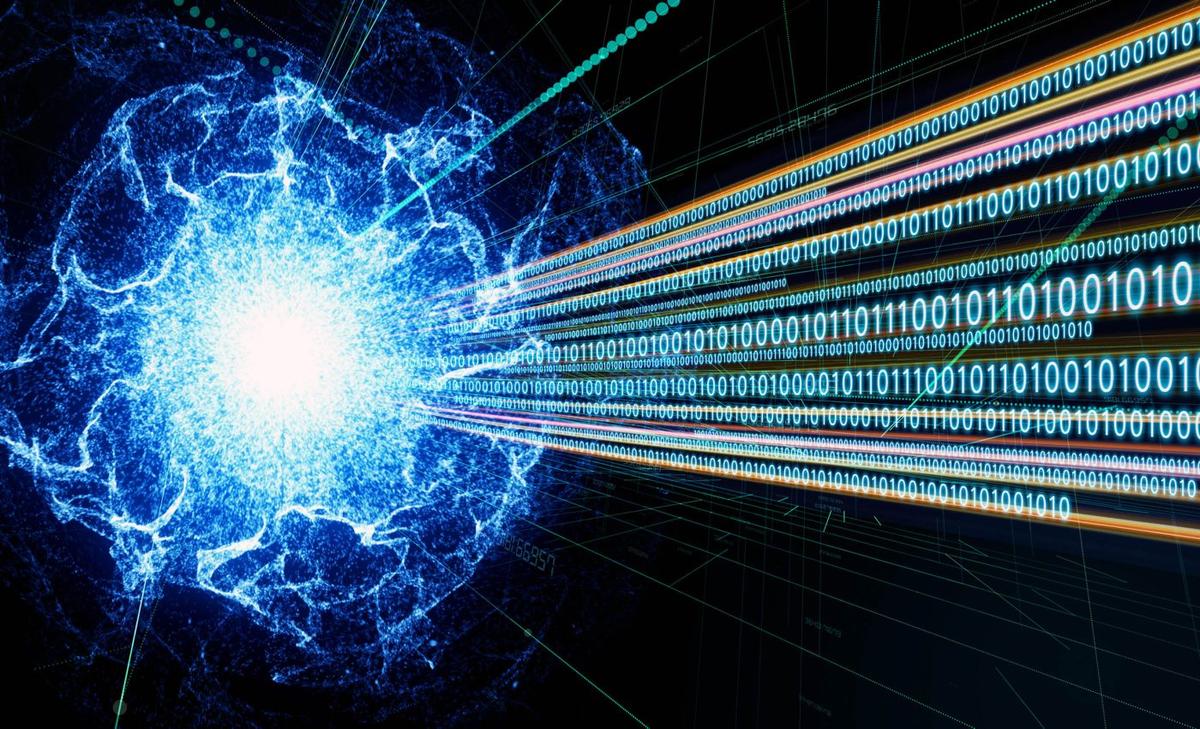Quantum Teleportation Demoed Over Standard Fiber Optic Cable

Northwestern University engineers have made a groundbreaking breakthrough in quantum computing and communication, successfully demonstrating quantum teleportation over a standard fiber optic cable that already carries everyday Internet traffic. This achievement could clear the path for easier and more widespread integration of quantum and classical data sharing.
The development shows that quantum communication might not require dedicated lines, which paves the way for next-generation networks. Quantum signals — information carried by delicate particles of light known as photons — can travel alongside everyday Internet traffic without losing their integrity.
According to Prem Kumar, a professor of electrical and computer engineering at Northwestern's McCormick School of Engineering, this breakthrough demonstrates quantum teleportation, a process where the state of a particle is transferred to another distant particle without the initial particle moving physically. By using entangled photons, the method enables secure, near-instantaneous data sharing.
The team successfully tested a setup that allows quantum information to weave through the bustling flow of regular Internet data without interference. This achievement overcomes one of the biggest hurdles in making quantum networks a practical reality.
To overcome the challenges of protecting delicate photons, the researchers performed detailed studies on how light scatters inside the cable and pinpointed a specific wavelength that experiences less clutter. They also added special filters to reduce the noise generated by normal data traffic.
The Northwestern team's work shows promise for secure quantum connectivity between geographically distant nodes. Their findings reveal that positioning quantum signals in just the right place in the spectrum might not be strictly necessary, if we can harness real-world infrastructure.
In their recent work, Kumar and his collaborators introduced a new way of thinking about quantum signals alongside classical counterparts. The concept traces back to Einstein, Podolsky, and Rosen in 1935.
Quantum teleportation stands out because it uses entanglement as a way to exchange information without physically sending matter across a distance. One of the biggest appeals of quantum teleportation is that it can occur almost as fast as light travels. Photons can become entangled so that performing a measurement on one instantaneously affects its partner, no matter how far away it is.
The breakthrough has significant implications for various fields, including computing, metrology, and fundamental physics experiments. Researchers are exploring the use of quantum entanglement to synchronize distant clocks or share random numbers for cryptography at unprecedented levels of security.
"Quantum teleportation has the ability to provide quantum connectivity securely between geographically distant nodes," said Kumar.
The study is published in the journal Optica. The Northwestern team plans to expand their approach in upcoming work, including designing a multi-node demonstration to verify that the method can handle more than a single link.
This achievement marks a major milestone in quantum networking and has far-reaching potential for transforming communication.
